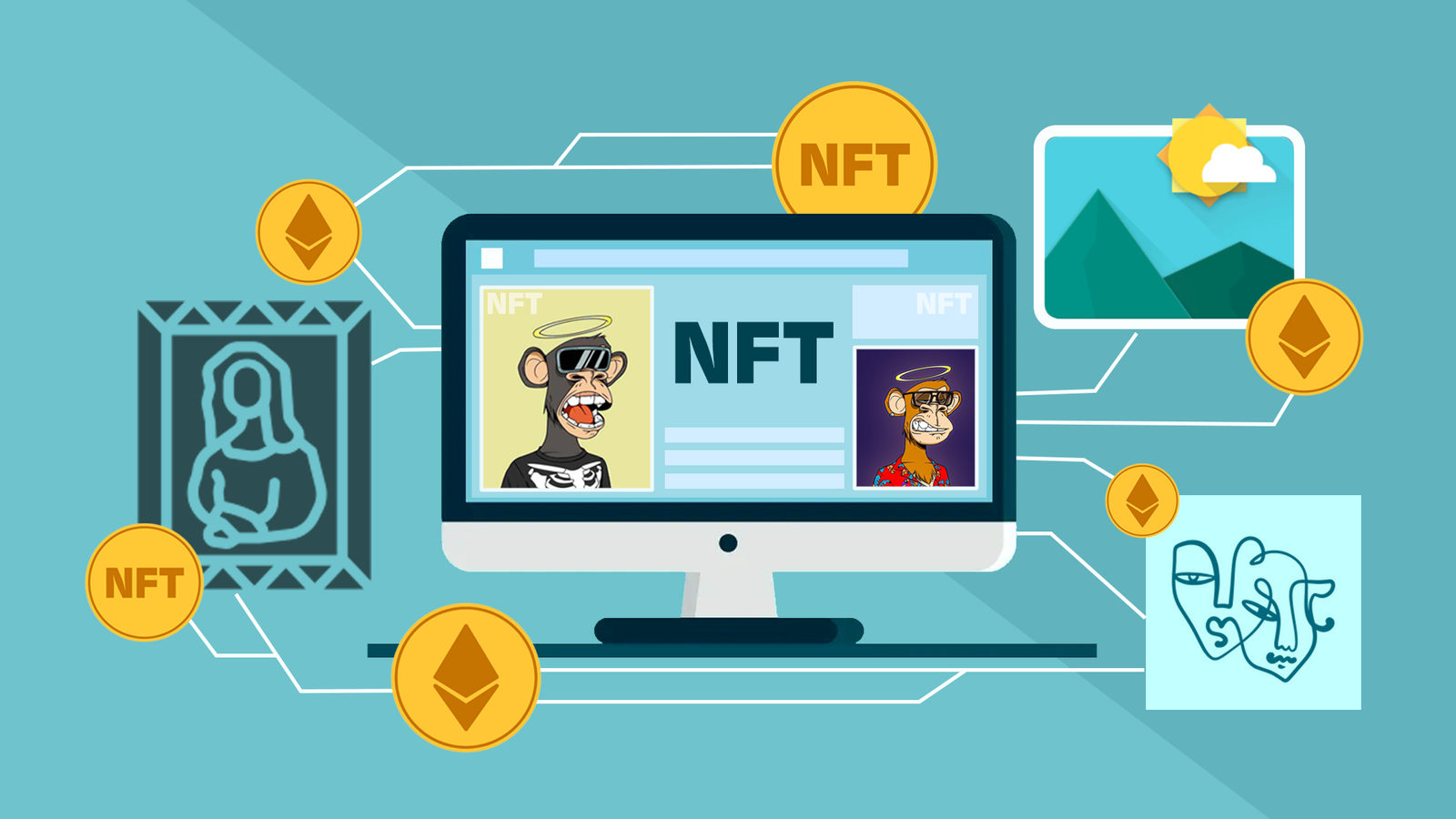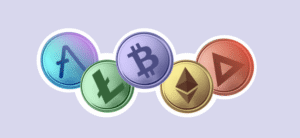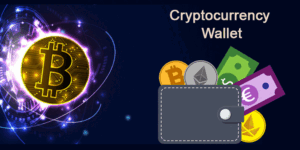You’ve probably heard about NFTs—digital collectibles selling for millions or powering virtual worlds. But what exactly are they, and why is everyone talking about them? Non-fungible tokens (NFTs) are a hot topic in the crypto space, blending art, technology, and ownership in exciting ways. This beginner-friendly guide explains NFTs in simple terms, why they’re popular, and how you can explore them safely in 2025.
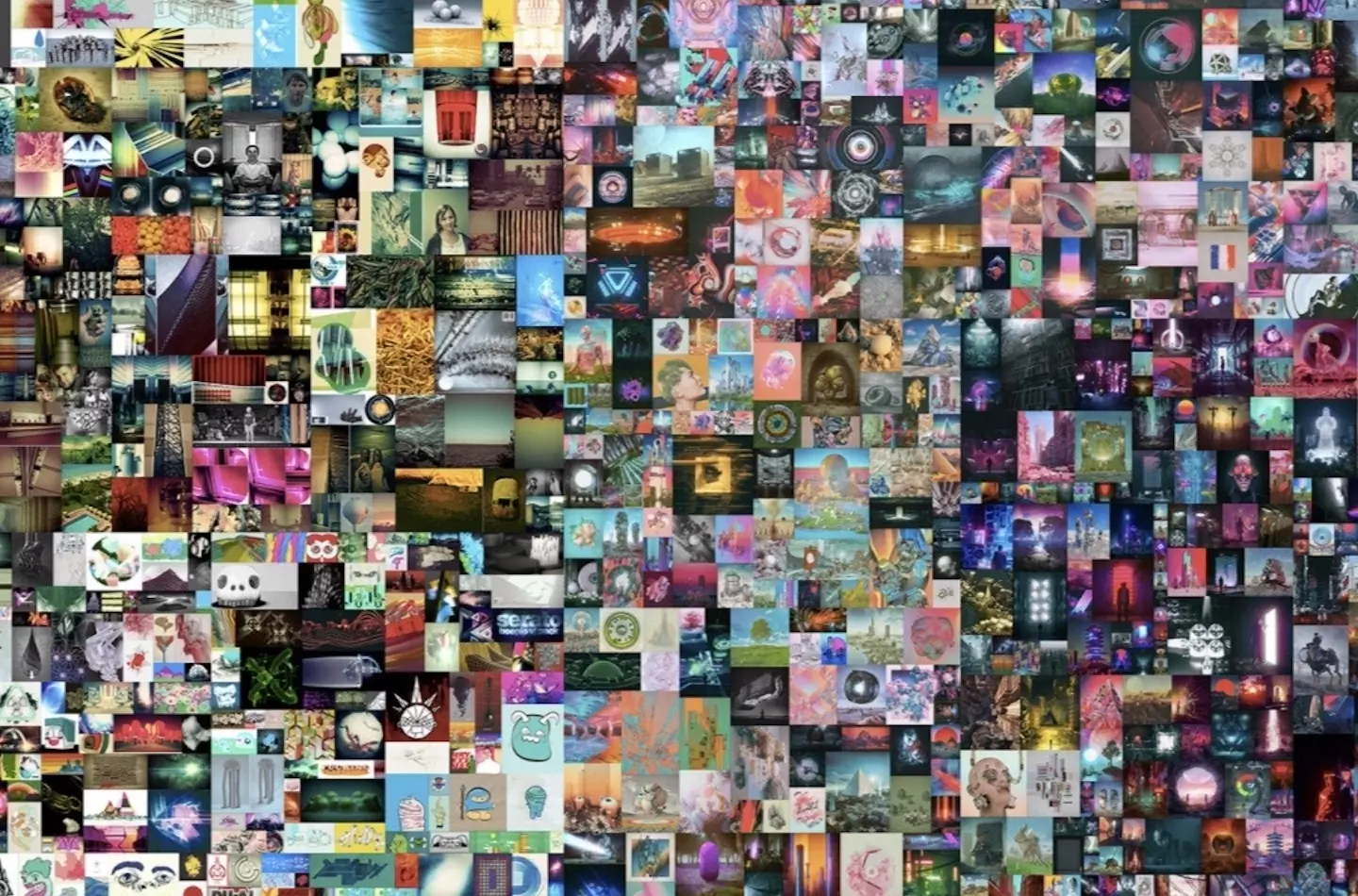
What Are NFTs?
NFTs, or non-fungible tokens, are unique digital assets stored on a blockchain, like Ethereum’s. “Non-fungible” means they can’t be swapped one-for-one like money—each NFT is one-of-a-kind, with its ownership recorded publicly.
Key Idea: Think of an NFT as a digital certificate proving you own something unique, like a piece of art, music, or a virtual item.
Examples:
- A digital artwork by Beeple sold for $69 million in 2021.
- A virtual sneaker in a game you can trade or sell.
Why It Matters: NFTs let creators sell directly to fans and give buyers true ownership, unlike traditional digital files.
How Do NFTs Work?
NFTs rely on blockchain technology to function. Here’s a simple breakdown.
1. Blockchain Foundation
NFTs are stored on a blockchain, a secure, transparent ledger that tracks ownership. Ethereum is the most popular blockchain for NFTs, but others like Solana are growing.
Example: When you buy an NFT, the blockchain records you as the owner, like a digital deed.
Tip: Learn blockchain basics on CoinDesk.
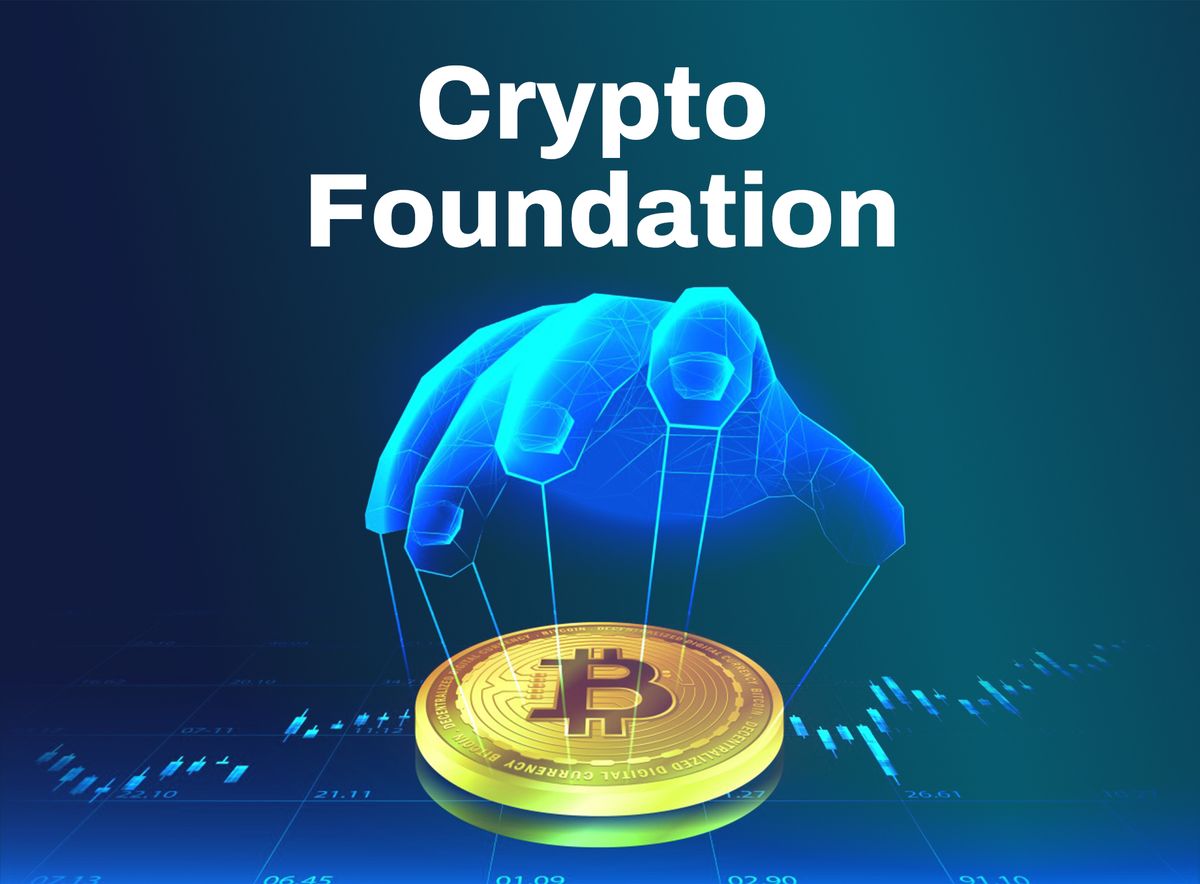
2. Uniqueness and Ownership
Each NFT has a unique code, making it distinct. This code, stored on the blockchain, proves who owns it and ensures it can’t be duplicated.
Example: Buying an NFT artwork is like owning an original painting, not a copy anyone can screenshot.
3. Buying and Selling
NFTs are traded on marketplaces like OpenSea, where you use cryptocurrency (usually Ethereum) to buy or sell.
Example: You might buy an NFT for $100 and later sell it for $500 if demand rises.
Tip: Check NFT prices on CoinGecko to spot trends.
Why Are NFTs So Popular?
NFTs exploded in popularity because they tap into creativity, technology, and new ways to earn. Here’s why they’re a big deal in 2025.
1. Empowering Creators
NFTs let artists, musicians, and creators sell directly to fans without middlemen like galleries or record labels.
Example: A musician can sell an NFT album, earning 100% of the sale, plus royalties when it’s resold.
Benefit: Creators keep more profits and connect with fans.
2. Digital Collectibles and Status
NFTs are like rare trading cards or luxury goods—owning a unique piece feels special and can signal status.
Example: Owning a Bored Ape Yacht Club NFT is like having a rare Rolex in the digital world.
Fun Fact: Some NFTs grant access to exclusive events or communities.
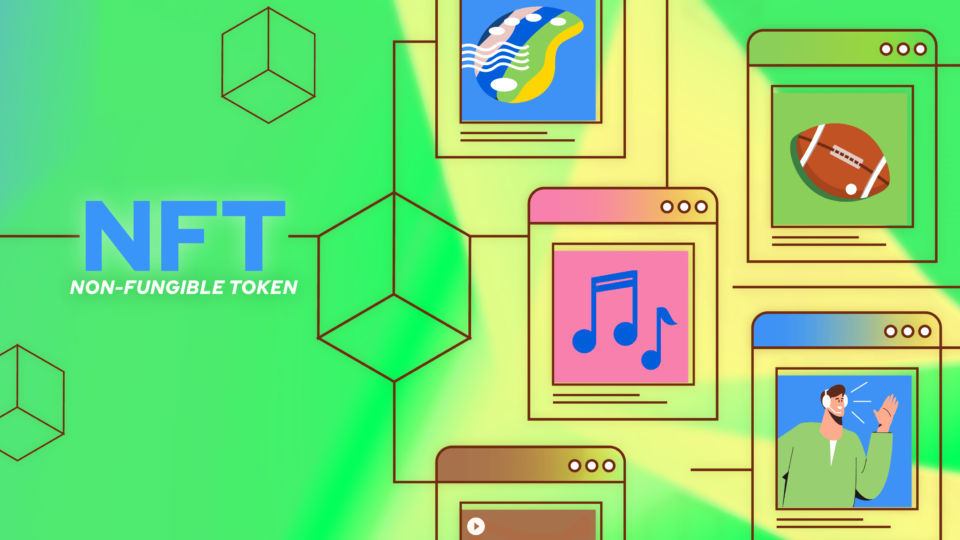
3. Gaming and Virtual Worlds
NFTs power virtual economies in games and metaverses, letting players own and trade items like skins, weapons, or land.
Example: In Decentraland, you can buy virtual land as an NFT and build on it.
Tip: Explore metaverse games on Decentraland.
4. Investment Potential
Some NFTs soar in value, attracting investors hoping to flip them for profit.
Example: A $100 NFT might sell for $1,000 if the project gains hype, though prices can also crash.
Warning: NFT values are volatile, so only invest what you can afford to lose.
5. Community and Culture
NFT projects often build passionate communities on platforms like X or Discord, where owners share a sense of belonging.
Example: Bored Ape owners join exclusive clubs, connecting with celebrities and collectors.
Tip: Check NFT community vibes on Reddit’s r/NFTs before buying.
Risks of NFTs for Beginners
NFTs are exciting but risky. Here’s what to watch out for in 2025:
- Volatility: NFT prices can crash, leaving you with losses.
- Scams: Fake NFT projects or phishing sites can steal your crypto.
- High Fees: Ethereum’s “gas fees” for buying NFTs can be pricey.
- Environmental Concerns: Some blockchains use energy-heavy processes, though Ethereum improved this in 2022.
Tip: Learn about NFT scams on Cointelegraph.
How to Start Exploring NFTs Safely
Curious about NFTs? Follow these beginner-friendly steps to dive in without getting burned in 2025.
1. Set Up a Digital Wallet
A wallet like MetaMask is your gateway to buying and storing NFTs.
How to Do It:
- Install MetaMask as a browser extension or app.
- Create a wallet and save your seed phrase offline on paper.
- Buy a small amount of Ethereum (e.g., $20) via Coinbase.
Warning: Never share your seed phrase to avoid hacks.
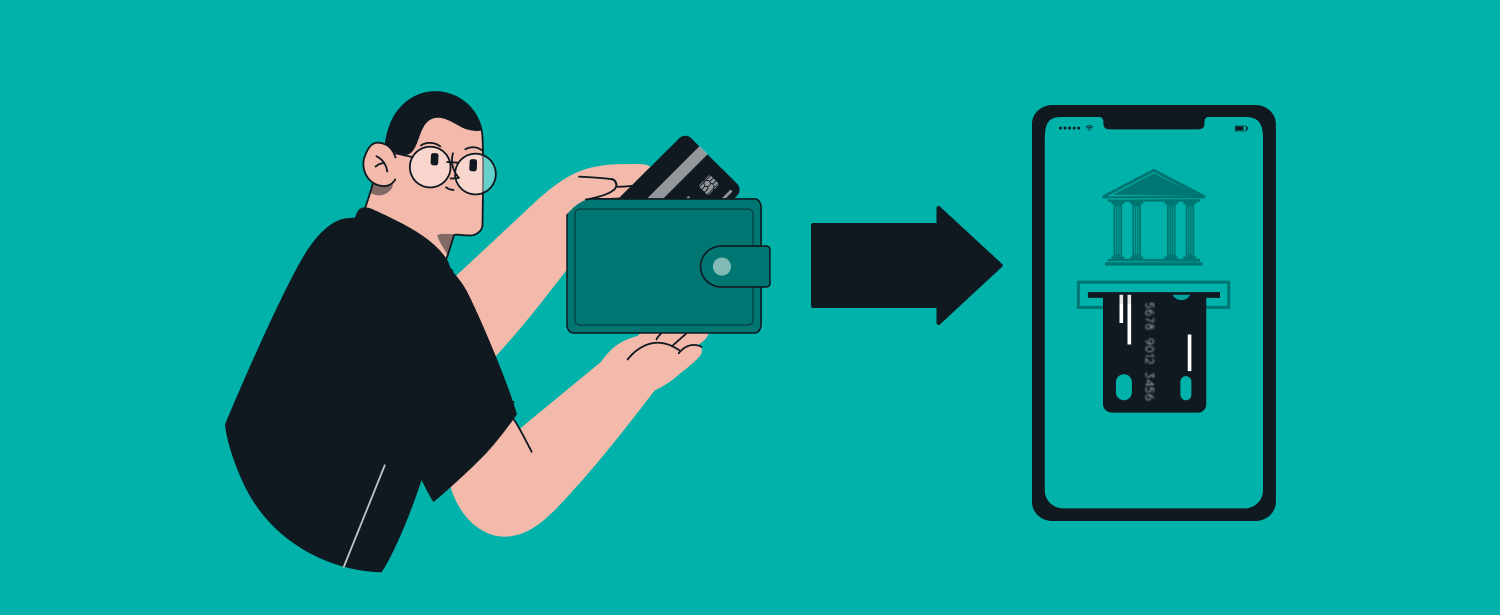
2. Choose a Trusted NFT Marketplace
Marketplaces are where you buy, sell, or browse NFTs. Start with reputable ones.
Recommended Marketplaces:
- OpenSea: Largest NFT platform, great for beginners.
- Rarible: User-friendly with community focus.
- Foundation: Curated for artists and collectors.
How to Start: Connect your MetaMask wallet to OpenSea and browse NFTs.
3. Research Before Buying
Not all NFTs are worth buying. Research to avoid scams or overhyped projects.
How to Do It:
- Check the project’s team and roadmap on their official site.
- Verify trading volume on CoinGecko.
- Read community feedback on X or Reddit’s r/NFTs.
- Avoid projects with no clear purpose or anonymous teams.
Example: A legit NFT project like CryptoPunks has a strong community and history, unlike a random “MoonCoin” drop.
4. Start Small
NFTs can be risky, so begin with affordable ones to learn the ropes.
How to Do It:
- Buy a low-cost NFT (e.g., $5–$20) on OpenSea.
- Avoid spending thousands until you understand the market.
- Only use money you can afford to lose.
Example: A $10 NFT lets you practice without risking your savings.
5. Secure Your NFTs
NFTs are valuable, so protect them from theft or scams.
How to Do It:
- Enable 2FA on exchanges like Coinbase with Google Authenticator.
- Store high-value NFTs in a hardware wallet like Ledger.
- Verify marketplace URLs (e.g., “opensea.io,” not “opensea.co”).
- Avoid clicking links from unknown X posts.
Example: In 2024, phishing scams stole millions in NFTs. A Ledger wallet prevents this.
What to Watch Out For
NFTs are fun but come with pitfalls. Stay cautious with these tips:
- Fake Projects: Scammers create copycat NFTs to trick buyers.
- Price Crashes: Hype-driven NFTs can lose value fast.
- Gas Fees: Ethereum transactions can cost $10–$100 during peak times.
Tip: Use low-fee blockchains like Solana for cheaper NFT trades.
Conclusion
NFTs are revolutionizing digital ownership, letting you collect art, play games, or join communities in new ways. While they’re exciting, they’re also risky, so start small with a MetaMask wallet, explore trusted platforms like OpenSea, and secure your assets with a Ledger. Stay informed via Cointelegraph and research projects on CoinDesk. With these steps, you’ll dive into the NFT world safely and confidently in 2025!

